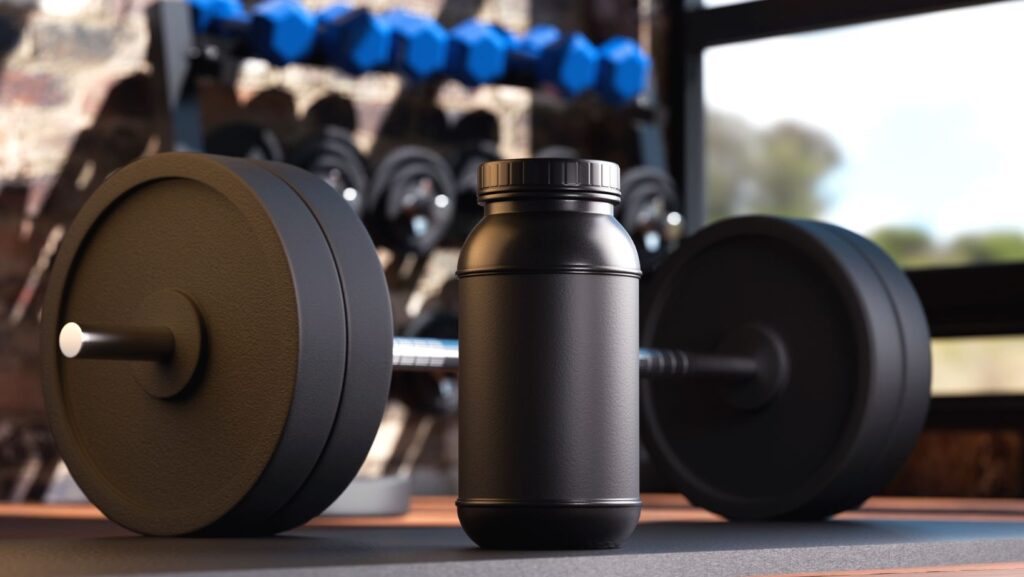Gyms rely heavily on attracting people in the immediate vicinity, making local marketing an essential effort. The issue lies in the historical disconnect between the cost of a local promotional push, like distributing thousands of free day-passes, and the actual, traceable revenue it generates.
For health club managers focused on maximizing member lifetime value (LTV), every customer acquisition channel must be both reliable and measurable.
The geography of gym membership
The decision to join a gym is largely driven by convenience. Most members seek a facility close to home or work. This simple fact means that geographic precision in marketing is more powerful than broad brand awareness.
A well-placed, high-quality promotional piece in a specific residential complex or corporate building is far more valuable than a general ad that costs significantly more. The strategic challenge is ensuring that physical marketing efforts are highly concentrated on areas with the highest density of target demographics. This requires sophisticated mapping and verification tools, moving past simply “handing things out.”
From distribution cost to verifiable investment
The biggest risk in traditional local distribution is poor execution: paying for 10,000 flyers to be distributed, only to have a portion of them improperly placed or discarded. This lack of accountability turns a marketing budget into an unpredictable operational expense.
To solve this, modern distribution must be traceable. This means leveraging technology to monitor the people executing the drops. Using GPS verification, a service can provide the gym manager with a map that confirms exactly where, when, and how the promotional materials were placed. This guarantees execution and establishes trust in the process.
This is where integrating transparency into your local efforts becomes essential. You need assurance that your promotions are reaching the specific homes and individuals you intend to convert. For fitness centers aiming to grow their membership base with precision, managing effective local flyer marketing is a strategy that demands a robust, verifiable process.

A platform like Oppizi is one example of a company that offers this integrated service, providing the logistics, the GPS-verified distribution, and the data reporting on redemptions. This makes local customer acquisition easier for fitness centers, allowing managers to view local distribution not as a gamble, but as a quantifiable marketing channel with measurable results. This research noted that while digital is often prioritized, physical advertising can offer a higher “shelf life” and sense of value, leading to better initial engagement.
Closing the data loop on new member sign-ups
To accurately measure the ROI of a local campaign, you need an airtight way to link the physical material to the new membership. The best practice is to stop using generic ‘free trial’ offers. Instead, use offers with unique, trackable elements: a distinct code scanned at the front desk when a prospect activates their free trial, or a custom web address printed on the material that directs users to a unique sign-up form.
When this code or link is used, the system automatically tags that new prospect as originating from that specific physical campaign. This process allows the gym to calculate the Cost Per Acquisition (CPA) for the physical channel, enabling accurate budgeting.
By adopting verifiable physical outreach, gym owners can confidently invest in localized acquisition strategies, ensuring their efforts translate directly into growth in their local market.


